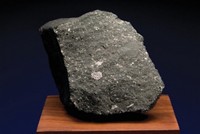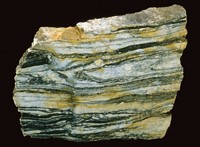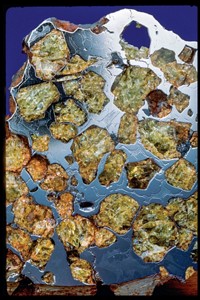Advertisement
Grab your lab coat. Let's get started
Welcome!
Welcome!
Create an account below to get 6 C&EN articles per month, receive newsletters and more - all free.
It seems this is your first time logging in online. Please enter the following information to continue.
As an ACS member you automatically get access to this site. All we need is few more details to create your reading experience.
Not you? Sign in with a different account.
Not you? Sign in with a different account.
ERROR 1
ERROR 1
ERROR 2
ERROR 2
ERROR 2
ERROR 2
ERROR 2
Password and Confirm password must match.
If you have an ACS member number, please enter it here so we can link this account to your membership. (optional)
ERROR 2
ACS values your privacy. By submitting your information, you are gaining access to C&EN and subscribing to our weekly newsletter. We use the information you provide to make your reading experience better, and we will never sell your data to third party members.
Geochemistry
Chemistry In Pictures
Chemistry in Pictures: What’s inside a meteorite?
by Manny I. Fox Morone
November 16, 2023

The people at the Smithsonian Institution National Museum of Natural History were nice enough to give a couple members of the Chemistry in Pictures team a behind-the-scenes look at their mineral collection. For the next couple weeks, we’ll bring you photos of some of the minerals that wowed us, some of which are billions of years old.
The composition of meteorites, those cryptic chunks of metal and rock that crash down to Earth, depends on a number of factors, like whether the meteorite broke off from an asteroid, a comet, or another object in outer space. If a meteorite comes from the core of an asteroid as is the case for these samples, the nickel and iron it contains can form the characteristic Widmanstätten pattern, a busy yet ordered mesh of long iron crystals. This structure is achievable only in an environment found in an asteroid’s core because its formation requires molten metal to cool at a glacially slow rate (and even that’s an understatement): a few degrees Celsius every million years. The golden globs interrupting the Widmanstätten pattern are agglomerations of troilite, or iron(II) sulfide, that can’t mingle with the metal crystals because the sulfur atoms won’t fit in their crystal lattice.

Credit: Manny Morone/C&EN (gloved hands), Chip Clark/Smithsonian Institution National Museum of Natural History (close-up)
Do science. Take pictures. Win money. Enter our photo contest here.





Join the conversation
Contact the reporter
Submit a Letter to the Editor for publication
Engage with us on Twitter